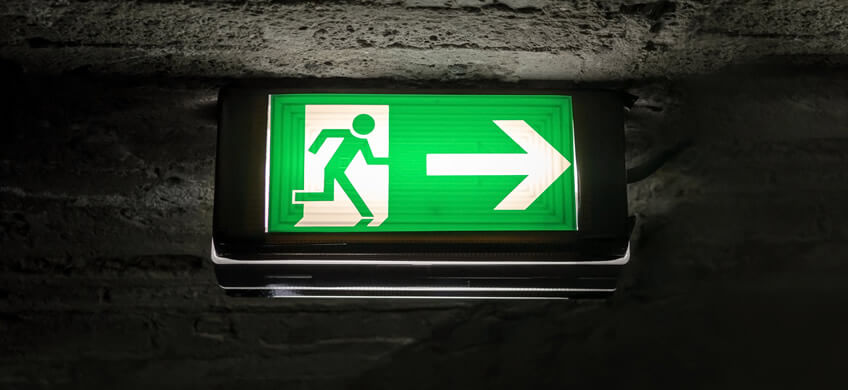
Do you know how emergencies in road tunnels are managed before, during and after the incident?
On February the 13th, Mar Martínez Yebra, head of Emesa’s Tunnel Safety Department, participated in the 7th Road Tunnel Symposium. In her presentation, our colleague discussed the coordination of activity in normal and emergency situations in complex tunnels such as those on the M-30.
The particularities of road tunnels require special handling in the event of incidents. As they are “confined” spaces, the risk is greater while its spread is more likely, making accessing and evacuating the spot difficult.
The minimum requirements that these infrastructures must meet are outlined in Royal Decree 635/2006. Moreover, these must be supplemented by an action plan which aims to manage and coordinate emergencies based on two principles:
In this post, we look at the emergency situations that may occur in order of their three phases: the phase prior to the emergency, during it and after it.
Emergencies in road tunnels must be approached from a multidisciplinary perspective, with prior knowledge regarding the infrastructure itself and its incident history as starting points.
Among all these preventive measures, one of the most effective is collaboration between representatives of the different emergency services – police, fire, ambulance, etc. – in addition to representatives of other public or private institutions with a presence in the area surrounding the tunnels.
It is also important to highlight the importance of drills and desktop and training exercises which are carried out periodically by tunnel staff and emergency services as a way of training and improving the protocols.
During this phase, the effectiveness of the coordination previously carried out is tested and the efficiency of the action plan is assessed.
Regardless of the risk or incident which occurrs inside the tunnel, a series of preventive measures are put in place to ensure the safety of drivers on the road. These measures are:
Once the incident has been managed, it is time to evaluate the results. Any significant incident or accident occurring in a tunnel will be subject to an incident report to be prepared by those involved in its resolution.
This report will be sent to the Tunnel Safety Manager to evaluate the suitability of the actions carried out and compliance with the action plans and protocols used.
The aim of compliance with the protocols and manuals is the constant improvement of safety in road tunnels based on a principle of efficiency.
The resolution of incidents is one of the most important tasks Emesa carries out. Thanks to all the deployment of resources, the company has one of the best resolution times for incidents on the roads of Spain, around 5 minutes. This, as well as responsible driving in road tunnels, contributes to minimising accidents and incidents in these sections.